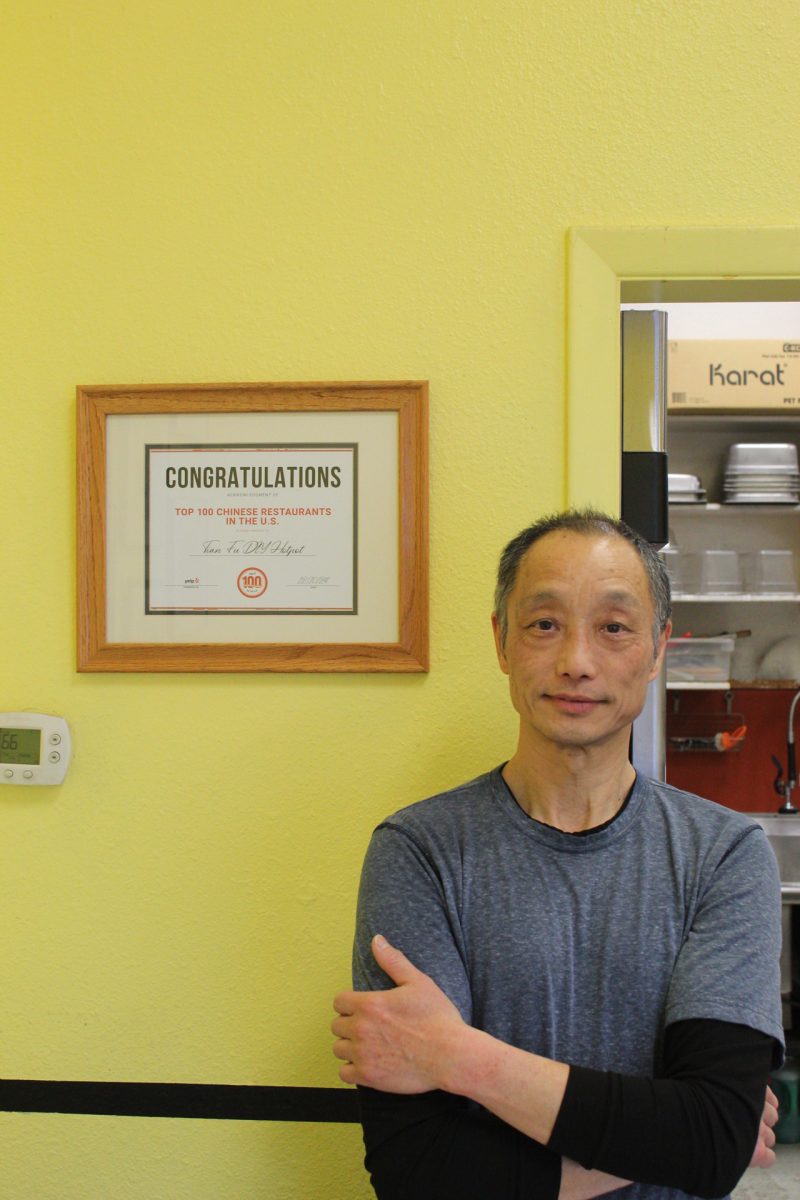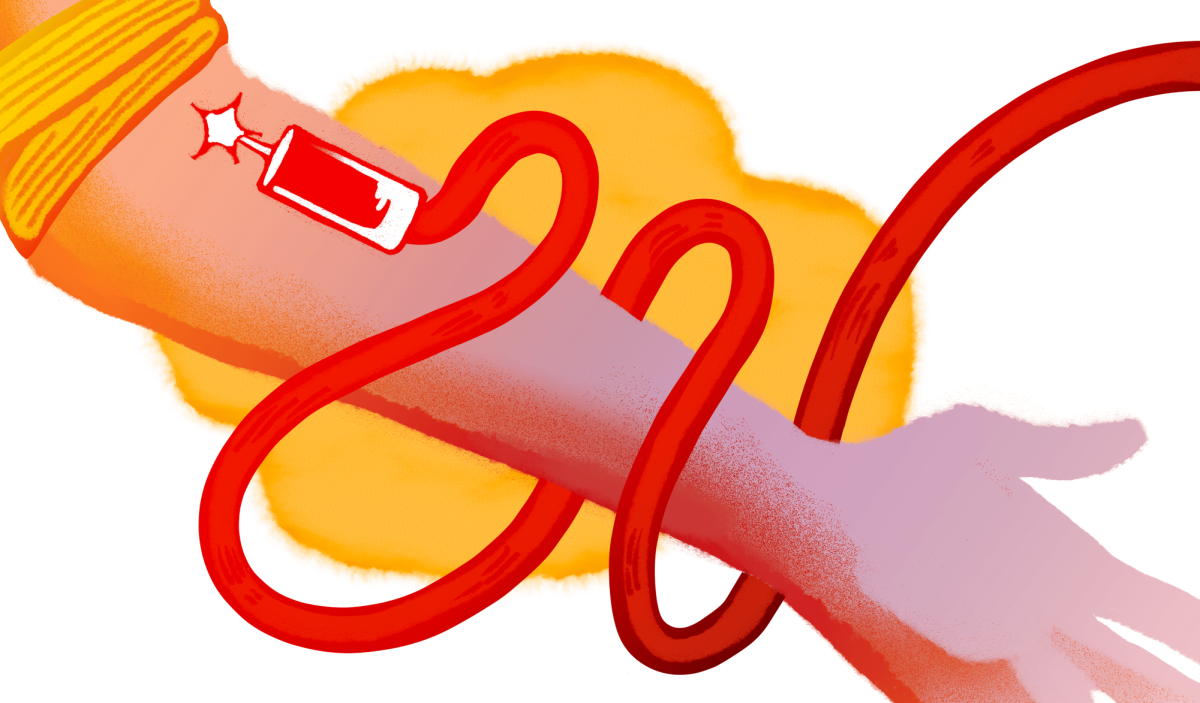For college students, the word “resume” alone can make your heart race and your palms sweat. Say the words “cover letter” and watch the nervous eye-darting begin, and don’t even mention the word “portfolio” because, suddenly, there’s just a dust cloud where a 20-something year old once stood. They’re off, sprinting away from the looming pressure of adulthood.
If that sounds familiar, don’t worry. Oregon State University has resources to help students get their resumes, cover letters and portfolios in shape before the panic sets in. Director of marketing and communications, Jennifer Rouse, and student career assistant, Isaiah Hicks, from the Career Development Center shared their insights.
The Career Development Center offers many services to students, one of which is drop-in appointments with Career Assistants, like Hicks, who are trained to help with resume content and formatting.
“You’re always free to drop in. We are open 9 (a.m.) to 5 (p.m.) Monday through Friday,” Hicks said.
If you have specific questions about your major or potential career, there are career advisors at the Career Center who can offer tips on different job fields.
“You can make those appointments through Beaver Hub,” Rouse said.
Rouse also highlighted resources that students can access for free, themselves, on the Career Development Center website.
“Vmock is a resume tool that has pre-made templates you can use,” Rouse said. “There’s an option where you can upload a version of your resume that you already have, and it will give you automated suggestions for improvement.”
Hicks said that Vmock is a useful artificial intelligence tool that essentially “grades” your resume. However, he warned that it can be a bit of a harsh grader and he assured fellow students that a grade even in the 60s range is still a good score. He said that Vmock can also take your current resume and translate it into the Career Center-approved templates.
AI is a new tool used in the career application universe and many companies, Hicks pointed out, are using AI as a screening method, and this is something students need to consider when applying for jobs.
Hicks said that some companies use some form of digital tracking system for the first round of applicants.
“So, even if you’re very qualified, if your resume isn’t formatted correctly, it’ll just throw your resume out,” Hicks said.
Hicks also said that writing a good cover letter is important and said the Career Center offers resources that help the students with this task.
Rouse said that cover letters are necessary and shouldn’t be neglected.
“The advice we came up with is to always submit a cover letter if you have the opportunity to,” Rouse said.
Hicks advised students to make their cover letters specific to the applicable job and skills.
“It’s definitely very obvious, especially with cover letters, if it’s just a basic cover letter that they’re sending out versus one that’s tailored to the job,” Hicks said.
In addition to resumes and cover letters, some jobs require an applicant to submit a portfolio. Rouse plugged a portfolio workshop on campus coming up this May.
On May 29, College of Liberal Arts career advisor, Michelle Strowbridge, is holding an event specifically all about creating an online portfolio.
Rouse said jobs in the fields of art, design, graphic design, marketing, journalism, writing, computer programming are among the fields that require a portfolio, but also added that portfolios can be expected from anyone applying to a job that has visual components.
Rouse said applicants should have their portfolios handy or include it as an ever-present link on their resume.
“If the hiring manager wants to see an example of your portfolio, they’ll usually ask for it,” Rouse said. “You could also show up to the interview with printed copies (of your portfolio).”
Career documents like portfolios, cover letters and resumes are all essentially documents used to showcase yourself and your skills, but aligning those things to the job you’re applying for is what’s likely going to grab an employer’s attention.
Rouse shared a tip to help organize all of your resume components to do just that.
“(You could have) a master resume file that has every single resume bullet point that you could ever think of …,” Rouse said. “And then when a different job posting comes up, you can pick and choose from the different possible bullet points and tailor your resume to that specific job posting.”
“It’s like your own little shopping list. You can go in, and just pull from it, and make (your resume) perfect,” Rouse said.


















